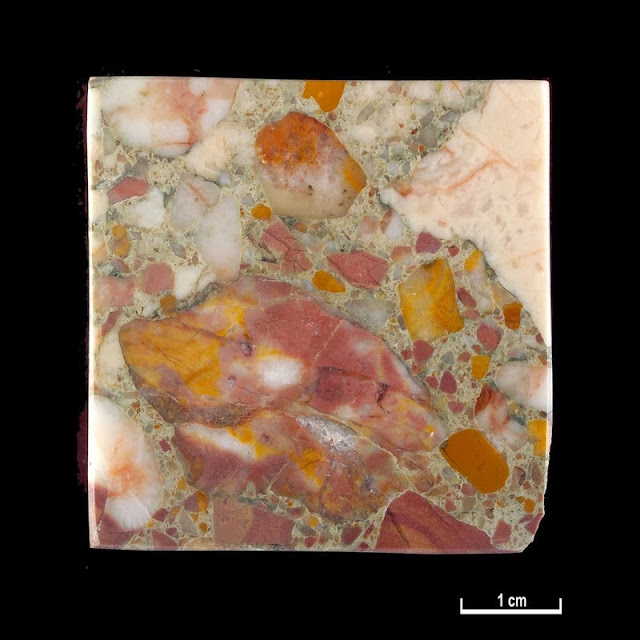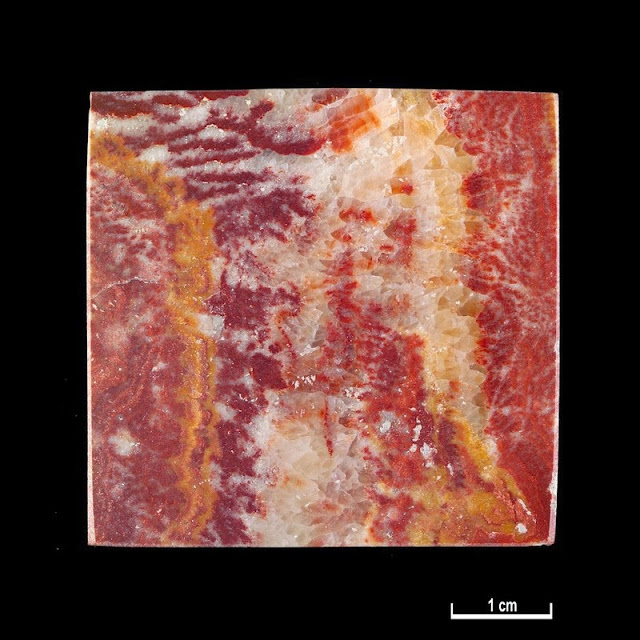PLUMBUM Galaena. Sulphure of Lead; Galena. Plate no. 24. From: Sowerby, James. 1802-1817. British Mineralogy: Or Coloured figures intended to elucidate the mineralogy of Great Britain. Plate from vol: 1. page no.55. Modern name: Galena. Location: Collected found in Derbyshire.
 |
| BGS Image ID: P705138 |
FERRUM carbonatum. Carbonate of Iron in rhomboidal spiculae. Plate no. 512. From: Sowerby, James. 1802-1817. British Mineralogy: Or Coloured figures intended to elucidate the mineralogy of Great Britain. Plate from vol: 5. page no.209. Location: Highgate Tunnel.
SILEX Quartzum, crystallisation. Crystallized Quartz; Cairn Gorum Crystals. Plate no. 102. From: Sowerby, James. 1802-1817. British Mineralogy: Or Coloured figures intended to elucidate the mineralogy of Great Britain. Plate from vol: 2. page no.1. Modern name: Smokey quartz (var. Cairngorm).
Posted by Bob McIntosh


























